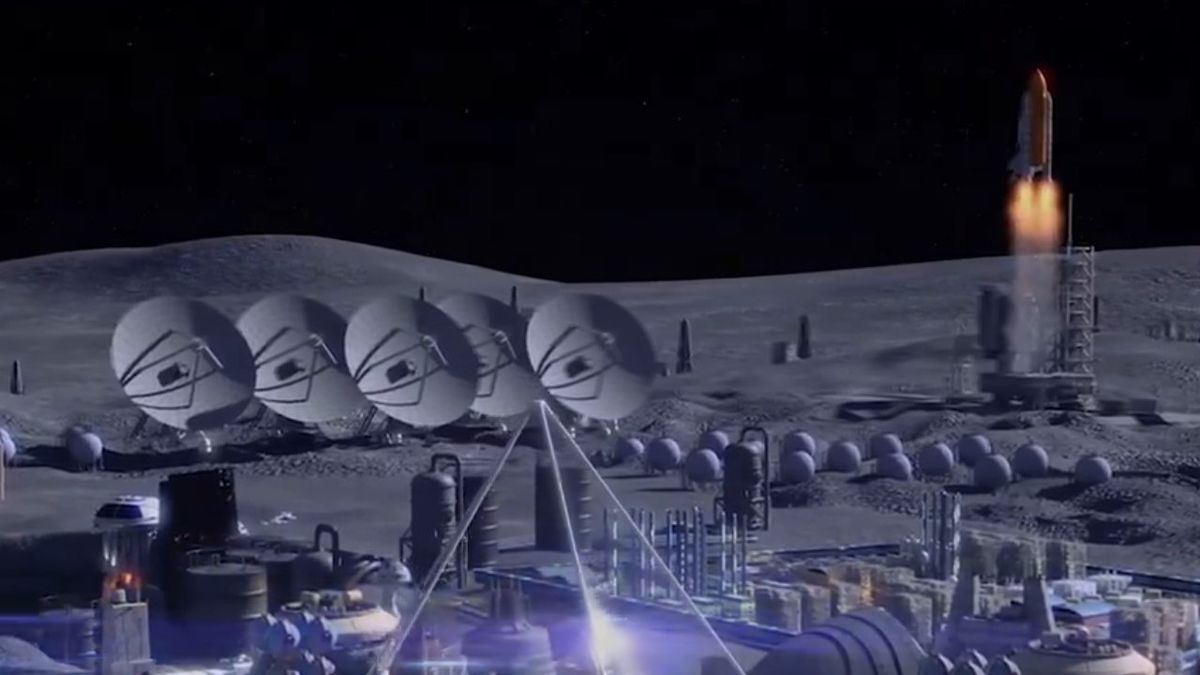A new paper suggests that the galaxy’s fastest-moving stars might be guided by intelligent aliens.


The fastest-moving stars in the galaxy may be piloted by intelligent aliens, new paper suggests (Image Credit: Space.com)
An advanced alien civilization may want to cruise around the galaxy, and the best way to do that is by steering their binary star system, a researcher proposes in a new paper.
Long-lived civilizations may have many motivations for wanting to move somewhere else in the galaxy. They may need to escape an impending supernova, for example. Maybe they need to scout our new natural resources. Or maybe they just feel like exploring.
Given the enormous distances between the stars, however, interstellar travel is tremendously difficult and time-consuming. So, instead of leaving their system, an intrepid alien species might decide to take their system with them. The main advantage of accelerating their own star would be that they get to keep it with them as they travel. They would do this by causing their star to either radiate or evaporate in just one direction, which would propel the star, along with all of its planets, to a new location in the galaxy.
Astronomers have investigated whether “hypervelocity” stars (which, as their name suggests, are stars with an extraordinarily high velocity) may have been purposefully launched by alien civilizations, but the known candidates show no signs of artificial interference.
Related: Astronomers Detect a Swarm of Tiny Objects Orbiting an Alien Sun
In a recent paper, Clement Vidal, a philosopher at the Vrije University Brussels in Belgium, pointed out that most stars are not solitary but rather belong to binary systems. This means we might be missing half of the potential artificially accelerated stars. Even better, binary systems offer many advantages over their solo counterparts, Vidal wrote in his paper, which has not been peer-reviewed or published in a scientific journal.
Vidal took a model system consisting of a neutron star with a low-mass star tightly orbiting it. This setup provides the most flexibility in steerability and thrust.
The alien civilization would have to figure out a way to eject material from the star. This could be from asymmetric magnetic fields or from some device that causes uneven heating on the stellar surface. No matter what, the goal would be to get the star to eject more material in one direction than another. This would create thrust, pushing the binary system in the opposite direction, Vidal explained.
If the civilization were to place the machinery on or near the neutron star, where the strong gravity could provide a ready source of energy, they could steer the binary system by carefully cycling the machine off and on. For example, if they activated the machine only at the exact same point in the orbit, they would send the binary system in one direction. If they left the machine activated slightly longer, they would adjust their course, pointing their movement in any direction they wished along the orbital plane.
They could even steer their system in new off-orbit directions by altering the direction in which their machine was pointed, effectively changing the orbit of the neutron star around its companion.
Amazingly, there are real systems in the universe that match these kinds of characteristics, like the “black widow” pulsar PSR J0610-2100 and the “redback” pulsar PSR J2043+1711. Both of those systems have significant accelerations. Although they are unlikely to be caused by alien engineering, they are worth looking into, Vidal concludes. At least, while they’re still around.







